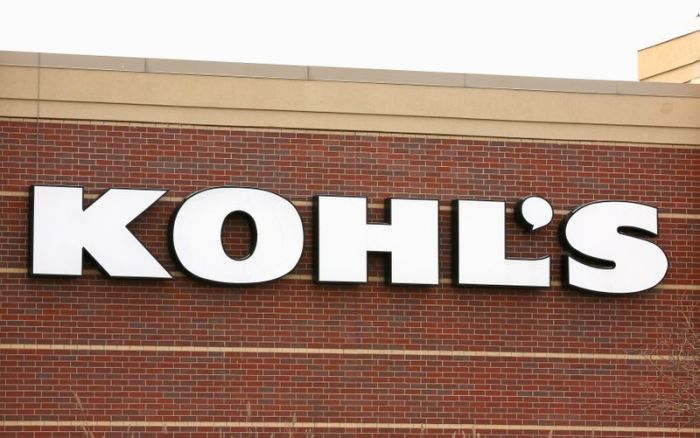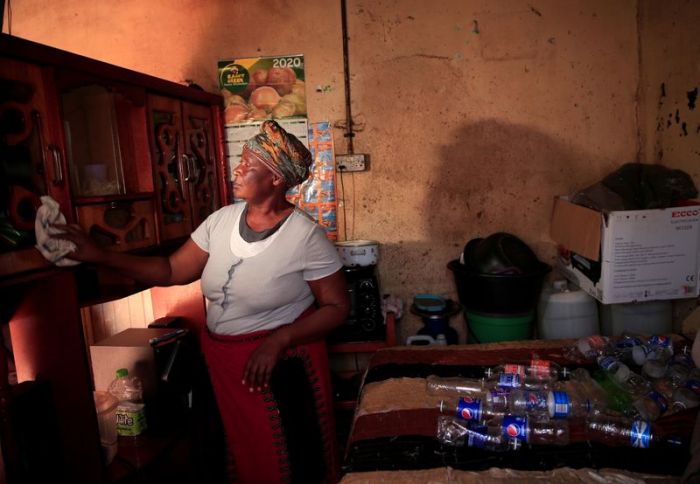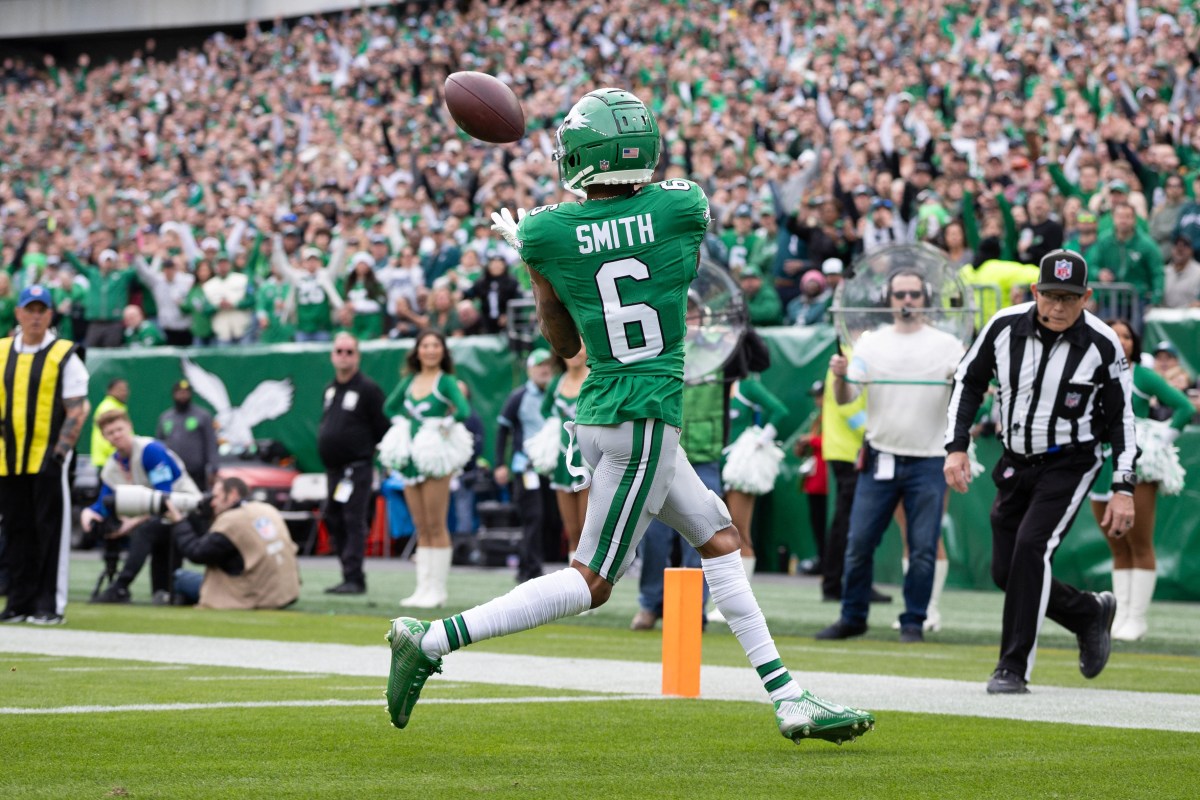By Jessica Resnick-Ault, OPEC+, exports, down and sharply
NEW YORK (Reuters) – U.S. crude ended slightly higher on Tuesday, as U.S. Treasury Secretary Steven Mnuchin said he supported extending certain measures intended to bolster the economy, while Brent ended lower on concerns that output cuts might not be sufficient.
Oil has rallied for several days following numerous output cuts from major producers to curb supplies, and as demand picks up with governments worldwide easing restrictions on movement put in place to stop the spread of the coronavirus pandemic.
The front-month contract for U.S. West Texas Intermediate crude, which expires on Tuesday, settled up 68 cents a barrel, or 2.1%, at $32.50 a barrel. The July contract, trading at vastly higher volumes, settled up 31 cents at $31.96 a barrel.
One month ago, the June contract pushed into negative territory ahead of expiry. “It has been a best possible scenario race away from negative prices,” said Bob Yawger, director of Energy Futures at Mizuho in New York.
Benchmark Brent crude was settled at $34.65 a barrel, down 16 cents or 0.5%.
The market weakened early after Mnuchin and Federal Reserve Chair Jerome Powell faced sharp questions at a Senate hearing, but got another boost after Mnuchin said he was willing to consider extending and modifying a payroll loan program for small businesses.
Oil prices have risen in the past three weeks as states have rolled back lockdown provisions and global output has decreased.
Another drawdown in U.S. crude stockpiles in official weekly data to be released on Wednesday could support prices more, said John Kilduff, a partner at Again Capital Management in New York.
The American Petroleum Institute Industry group reported a draw of 4.8 million barrels, along with a drop in gasoline inventories as well. Distillate stocks still rose, reflecting weaker demand for diesel.
(Reporting by Jessica Resnick-Ault; Additional reporting by Yuka Obayashi and Noah Browning; Editing by Kevin Liffey, Aurora Ellis and Peter Cooney)
























